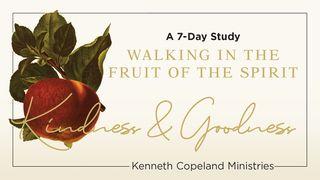Easter: The Cross Before and Afterනියැදිය

The Betrayal
Perhaps one of the most challenging circumstances to handle in our relationships happens when we experience betrayal. Being betrayed is often considered as "the unkindest cut" of all wounds. Betrayal, by definition, comes at the hand of someone considered to be a friend or loved one. At the very least, it would come from someone you trust. If a sworn enemy lies or embarrasses us, it may be painful, but we are not surprised. If an acquaintance does something similar, it might sting a little longer. But if a friend does the exact same thing, it hurts much more deeply. The closer the relationship, the deeper the pain of betrayal, and the more difficult it is for us to recover from the damage.
As Jesus approached the time of His crucifixion, He experienced the emotional brutality of betrayal before the physical brutality of His torturous death. The scripture tells us that Jesus knew He was about to be "betrayed into the hands of sinners" and who it was that was going to betray Him. The betrayer was, of course, Judas Iscariot, one of Jesus' inner circle of His twelve disciples. There is much we can learn from Jesus in how to respond to the betrayal by a friend.
First, Jesus did not let the act of betrayal cause Him to lash out at His friend who betrayed Him. Even as Judas used a kiss, usually a sign of friendship and affection, as the signal of betrayal, Jesus called Judas "friend." Jesus did not let the actions of another cause Him to act in anger or hatred, even when He betrayed Him with a kiss.
Secondly, Jesus did not let others get caught up in the situation and become collateral damage. When we are betrayed, it is natural for us to want to marshal forces on our behalf and get them involved in the fray. This often makes others choose between you and the friend who betrayed you, damaging relationships.
Peter drew His sword and cut off the ear of a servant. Jesus diffused the situation by making Peter put away his sword and healing the servant's ear. He likely saved Peter's life since there were many Roman soldiers present. Rather than encouraging people to choose sides, Jesus kept others from being caught up in the betrayal.
Finally, Jesus chose to see the bigger picture. Jesus knew God could have kept this from happening or called down legions of angels to pre-empt the plot even at that moment. Jesus was willing to live in radical trust of the plan of God.
Like Joseph in the Old Testament, who said to his brothers, "You meant it for evil, but God meant it for good." Jesus knew the unfolding of these events would fulfill the scriptures. He was fully trusting in the big picture of God's plan, demonstrating Romans 8:28, "And we know that God causes all things to work together for good to those who love God, to those who are called according to His purpose."
Choosing to follow Jesus means we can also follow His example of responding to betrayal in ways that will keep the poison of hatred and unforgiveness far from us and will open the door for God to work out everything for our good.
ලියවිල්ල
මෙම සැලැස්ම පිළිබඳ තොරතුරු

Easter is about an encounter, a time when we experience the hope and love of a Savior who sacrificed His life for us, despite our deepest struggles, betrayals, and failures. Easter is a time to share the Good News of the empty tomb and the grace only found in our risen Savior.
More
අදාළ/සමාන සැලසුම්

Who Controls Your Thoughts?
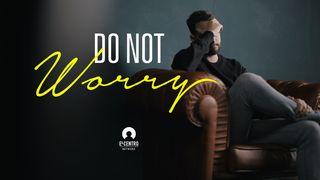
Do Not Worry
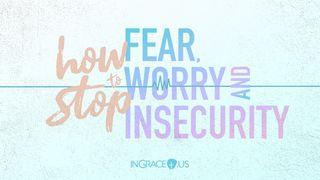
How to Stop Fear, Worry, and Insecurity

When God Speaks: What to Expect
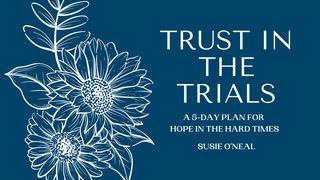
Trust in the Trials
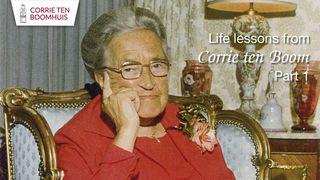
Life lessons from Corrie ten Boom - part 1
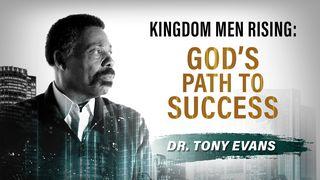
God’s Path to Success

God Victorious - a 3-Day Devotional With Andrea Olson

Journey to the Olympics
